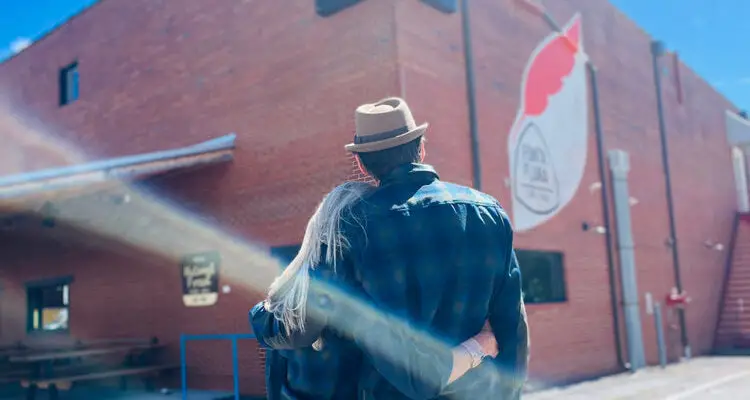If you’re in the UK, there’s every chance you’ve never heard of Kitsbow, so why should you care that they’re closing? And who even are they? Kitsbow were (or, until…
There's more to this story...
BUT IT'S A MEMBER-ONLY STORY.
JOIN US TO UNLOCK IT AND MORE FOR LESS THAN 6p/DAY
If you have an account, please log in. If not, you can get access to some of our features by registering here for free.
A message from all of us at Singletrack magazine
For over 20 years Singletrack has been a source of information, news and entertainment for millions of mountain bike enthusiasts and as an important focal point for an amazing community of like minded riders from around the world. But it has also been a provider of jobs and income for dozens of families of our team as well as a source of revenue for hundreds of freelance contributors.
We want to keep going through this uncertain period and create great content to inform and entertain you, but we will need your help to do it. More than anything else we want to have a reciprocal relationship with you and the best way to make that happen is through our memberships. We’d love you to join us as a paid member of the Singletrack community – we promise you a return on your investment through the content we have and will create for you plus the numerous added benefits included with all our membership options.

Managing Editor
I came to Singletrack having decided there must be more to life than meetings. I like all bikes, but especially unusual ones. More than bikes, I like what bikes do. I think that they link people and places; that cycling creates a connection between us and our environment; bikes create communities; deliver freedom; bring joy; and improve fitness. They're environmentally friendly and create friendly environments. I try to write about all these things in the hope that others might discover the joy of bikes too.
More posts from Hannah
You must be logged in to reply to this topic.